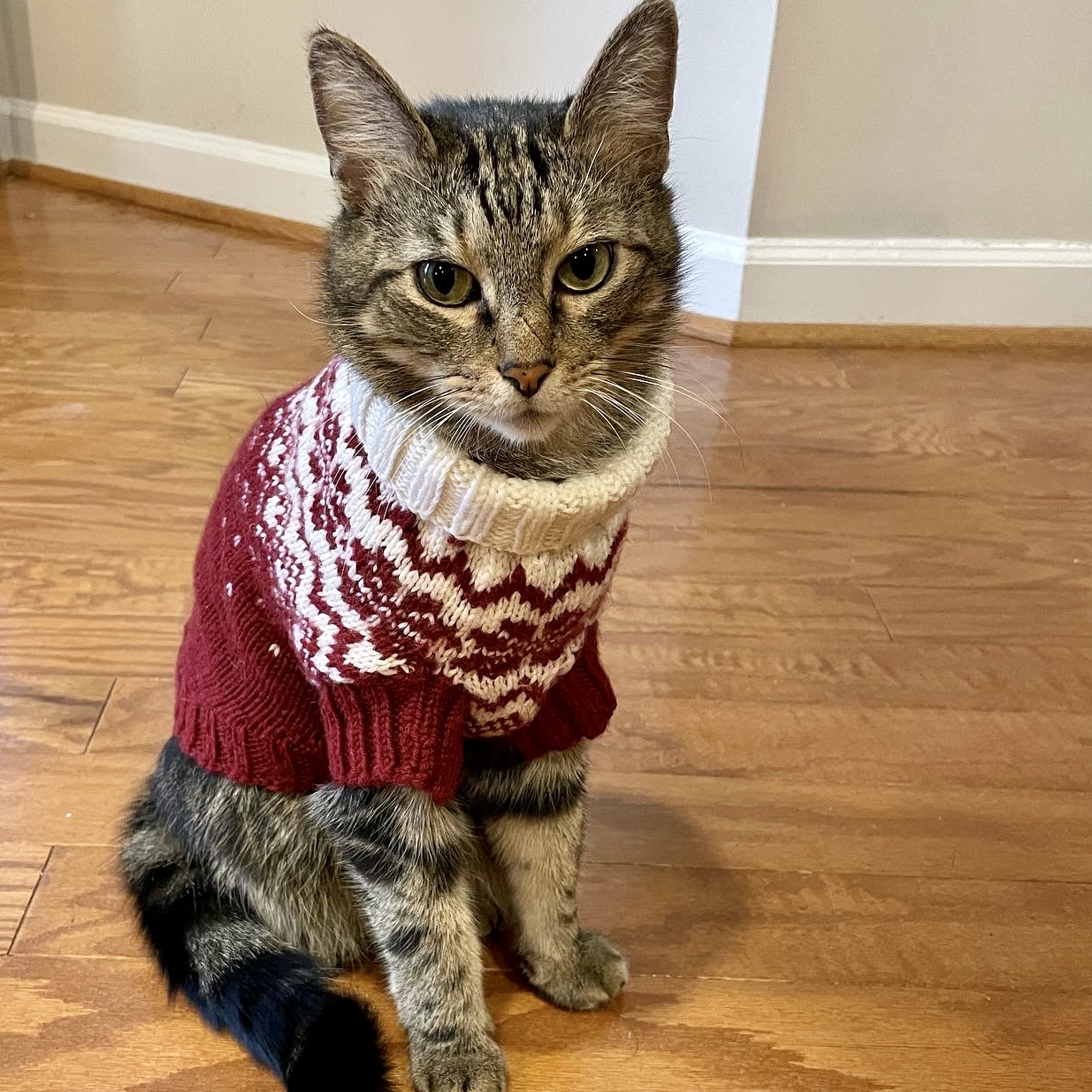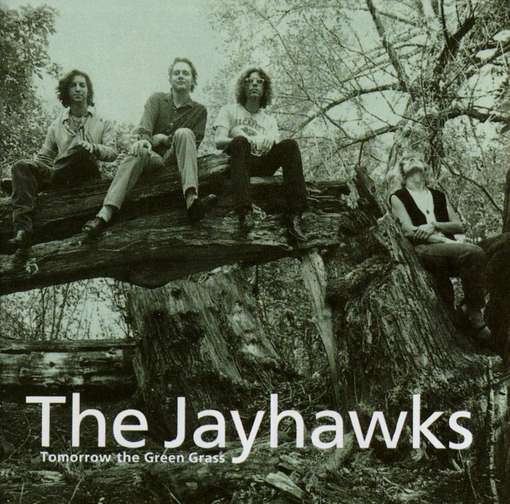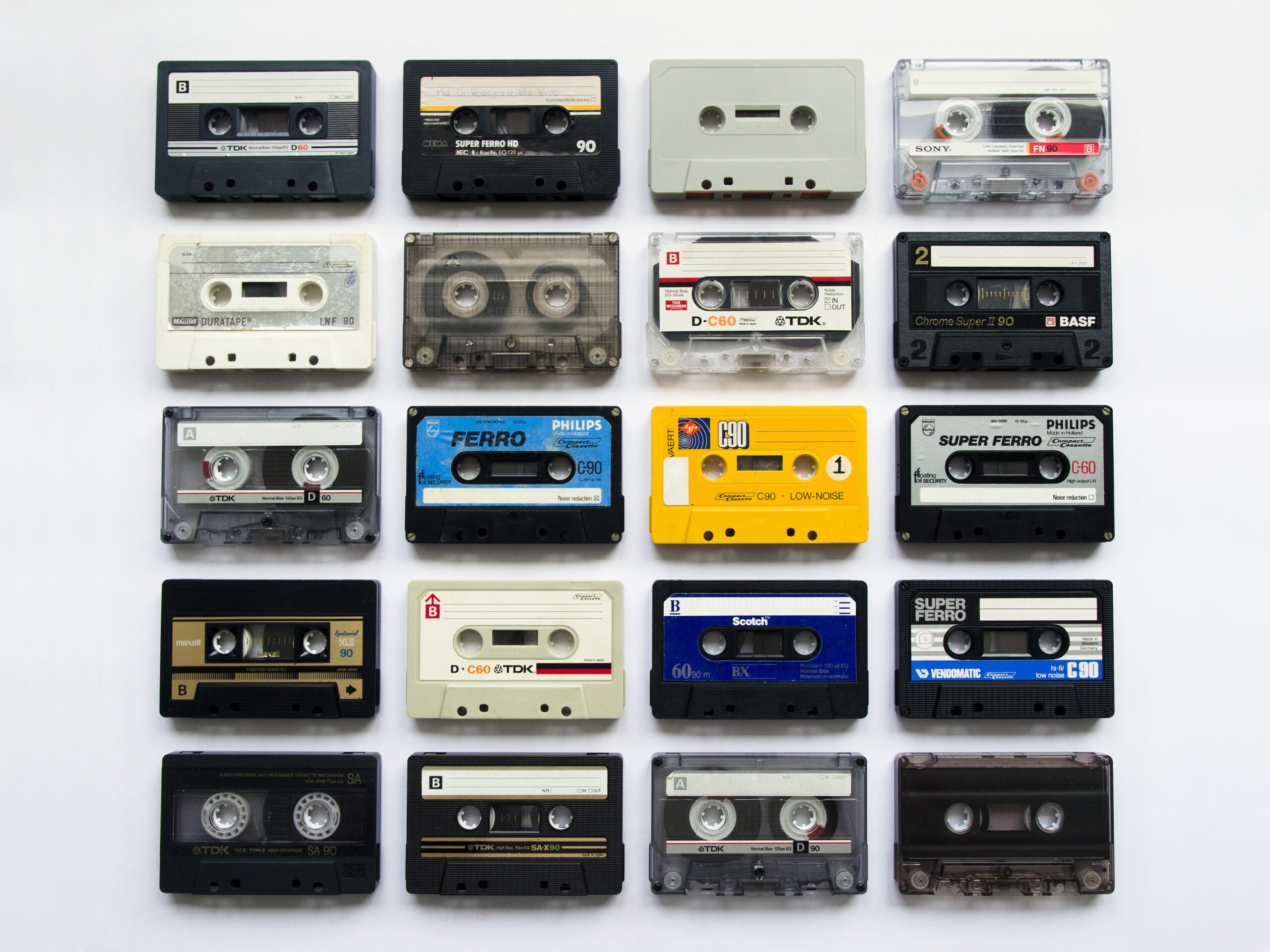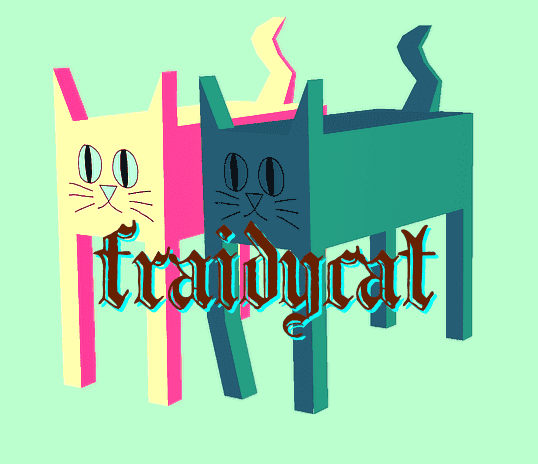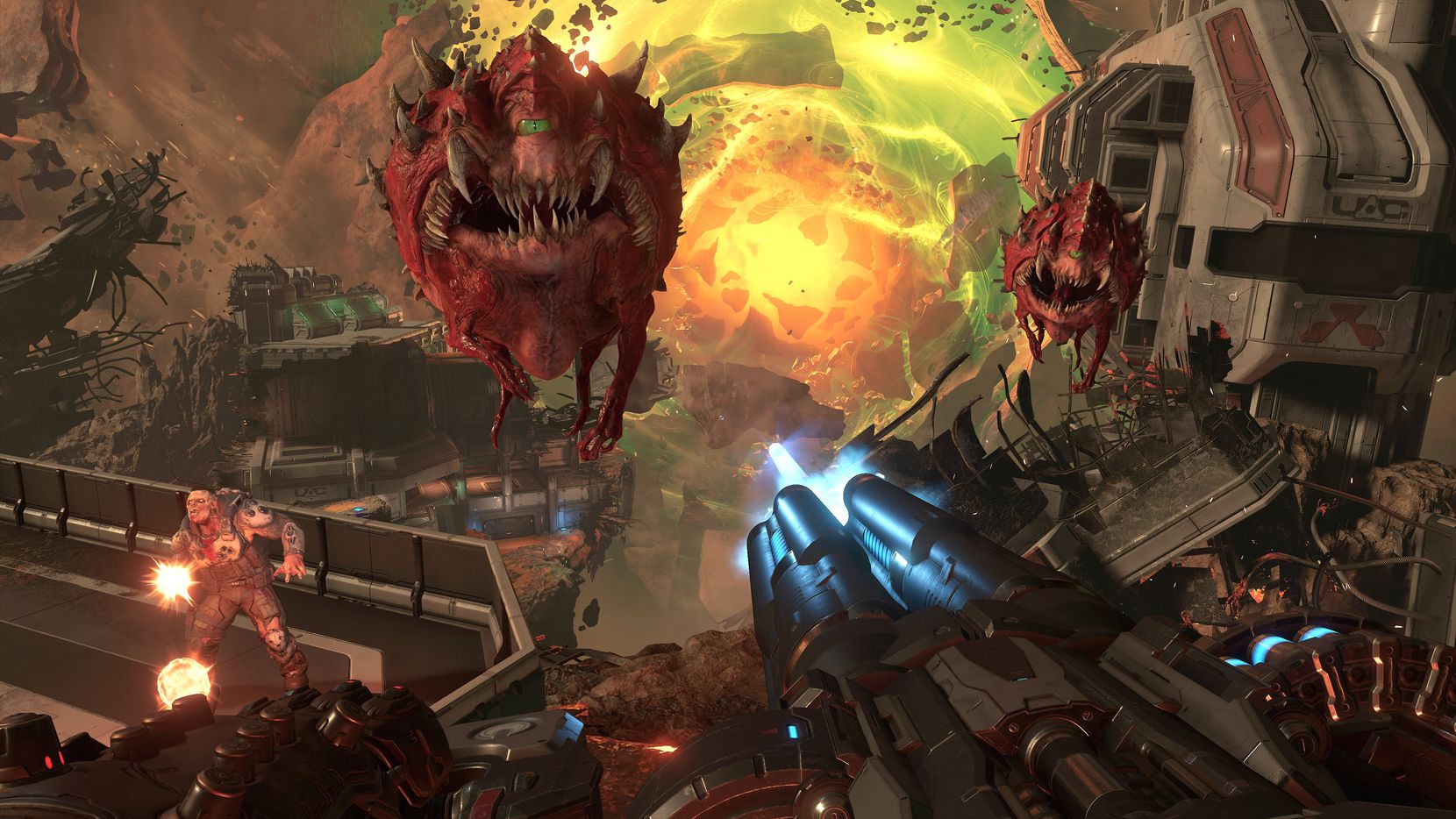 Spotify is a great tool for music discovery, but some of the exploration tools aren’t obvious. If you want to search for something by song title or artist, that sort of thing, no problem. But there are other ways I like to explore new music, like by music label or genre. You can do that too!
Spotify is a great tool for music discovery, but some of the exploration tools aren’t obvious. If you want to search for something by song title or artist, that sort of thing, no problem. But there are other ways I like to explore new music, like by music label or genre. You can do that too!
The Spotify UI doesn’t expose things like record label, but that’s a really good way to find new music. For example, if you like classical music the Naxos label is famous for it. The Blue Note label is famous for jazz, 4AD is great for indie artists like Bettie Serveert. Point is, if there’s a genre or artist you like, branching out by checking out the other acts on the same label is a good way to find great new music.
Here’s how you do that, in the search box just use label:"blue note" or whatever label you’d like to search through.
Want to narrow the search a bit? You can add the year parameter, like year:1965, so search by label:"blue note" year:1965 and that should turn up everything that Spotify has tagged with that year and record label.
Spotify’s hidden search syntax
Once upon a time, Spotify listed its advanced search syntax on its website. However, the only place (I think) you can find it these days is via the Wayback Machine. According to the old page, Spotify supports these parameters and operators:
- artist
- track
- genre
- year
- album
- label
- isrc
- upc
- OR, AND, NOT and + and –
Search Spotify by genre
You might have already tried searching for genres on Spotify, and searching for “jazz” will turn up some jazz, and also any albums or artists or songs with “jazz” in the name. If you want to search only by genre you can tag on the genre: search modifier and you’ll get results of artists who fit the genre.
Weirdly, Spotify doesn’t return albums using this search modifier, just artists, songs, and Spotify’s “top result” for the genre’s artist. For instance, you search for genre:jazz and you’ll get Miles Davis for top artist. Seems legit. Search for genre:rock and you get Weezer. That’s a little sus. (If anybody from Spotify is reading this, I’m available to help clean up your categorization and taxonomies for a modest fee…)
Spotify search results may vary
Note that the results may not be perfect – And I don’t just mean questionable categorization on Spotify’s part. Searching for 1965 and Blue Note yields (among others) Cornbread by Lee Morgan. According to Spotify’s album info the album is from 1964, and Discogs says it was released in 1967.
There’s also a chance that minor labels are going to have name collisions. There’s more than one TCB Records, for instance, so if you try to locate some 60s jazz from the label by Lionel Hampton And His Orchestra you end up mixing in a lot of more modern stuff (but no Lionel Hampton).
Finally, results vary depending on what Spotify has in its library. Spotify has a lot of amazing stuff, but it’s hit and miss on deeper jazz, indie labels, and that sort of thing.
My guess is that the search parameters and operators are a still-functioning but legacy feature with Spotify that’s not well tended to by its product team. It works, mostly, but it doesn’t seem to be something the company is investing in or trying to put in front of users as a power tool. Pity – because when it works, it is a fun way to sort through the catalog on the service.
However, if you’re trying to find new-to-you music and want to go outside Spotify’s recommendations and generic search features, the additional modifiers can be a great tool. And, remember, artists don’t get rich off Spotify plays – when you find music you really like, think about buying the album direct from the artist or Bandcamp or whatever source is best to give the most money to the artist.
